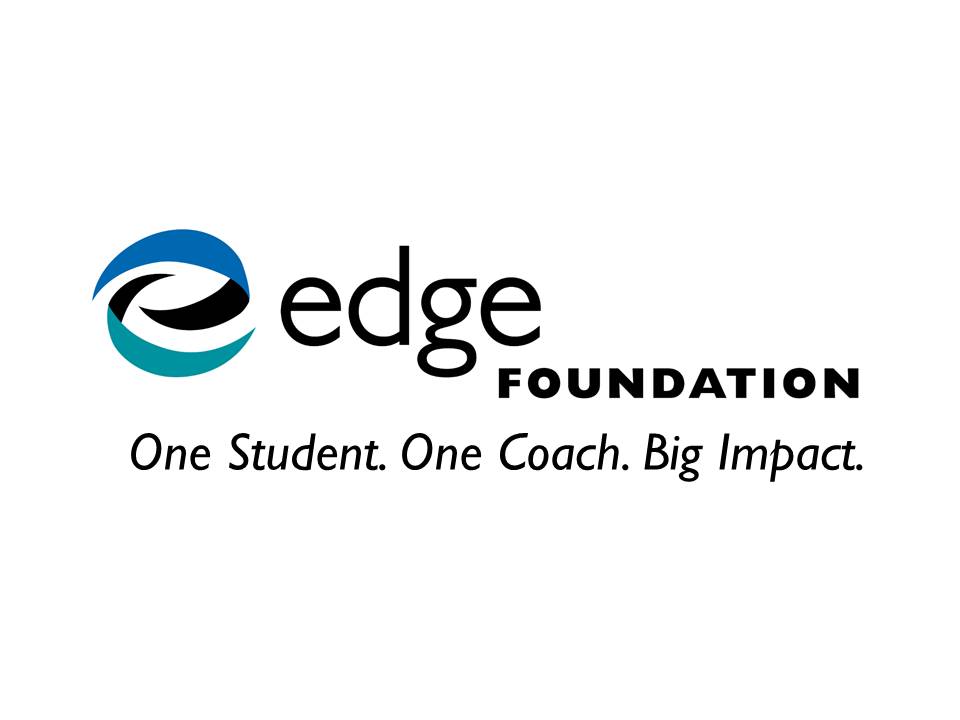
If you have been diagnosed with Attention-Deficit/Hyperactivity Disorder (ADHD), maintaining focus, managing energy levels, and adhering to routines can present significant challenges. However, a consistent physical activity regimen has been shown to yield substantial cognitive and emotional benefits. Movement, in particular, serves as a potent modulator of neurochemical activity, enhancing executive functioning and supporting overall self-regulation. Below, we’ll examine how AI can help you quickly create an effective fitness plan that is personalized to your particular needs, interests and situation.
Why Exercise Can Help Manage ADHD Symptoms
Engaging in physical exercise stimulates the production of key neurotransmitters—dopamine, norepinephrine, and serotonin—which play critical roles in attention, mood regulation, and motivation. These are the same neurochemicals targeted by stimulant medications commonly prescribed for ADHD. Consequently, a regular fitness practice can serve as a non-pharmacological strategy to improve focus, reduce impulsivity, and support emotional stability.
In addition to these neurochemical effects, physical activity contributes to:
- Improved sleep architecture
- Decreased somatic anxiety and hyperactivity
- Enhanced working memory and information processing
- Greater self-confidence and mood regulation
Barriers to Sticking with a Fitness Program
Despite the well-established benefits, sustaining a fitness routine can be particularly difficult for individuals with ADHD. The condition’s core features—such as executive dysfunction and low intrinsic motivation—often undermine consistency. Key obstacles include:
- Dopaminergic novelty-seeking – Repetitive routines can quickly lose appeal due to a craving for stimulation and variety.
- Executive function impairments – Deficits in planning, initiation, and sustained effort reduce follow-through.
- Cognitive distortions – All-or-nothing thinking and perfectionism can lead to avoidance behaviors.
- Negative associations with exercise – Previous adverse experiences with structured physical activity can influence current motivation.
Things to Consider in Creating an ADHD-Friendly Fitness Routine
When designing a sustainable fitness plan for individuals with ADHD, the following considerations are essential:
- Incorporate diversity – Alternate modalities (e.g., cycling, yoga, martial arts) to prevent boredom and sustain interest.
- Lower the activation threshold – Select activities requiring minimal preparation or specialized equipment.
- Favor short-duration sessions – Encourage brief yet consistent movement, such as 15-minute workouts.
- Prioritize intrinsic enjoyment – Choose activities that elicit joy rather than obligation.
- Establish accountability mechanisms – Use digital tools, peer support, or coaching to reinforce engagement.
Using AI for Fitness Planning
Artificial Intelligence offers a compelling toolset for creating individualized, flexible, and engaging fitness strategies tailored to the ADHD experience. AI systems, including conversational agents like ChatGPT, can assist by:
- Generating activity suggestions aligned with personal preferences and energy levels
- Designing time-efficient workouts that accommodate daily fluctuations in availability and mood
- Adjusting plans dynamically based on user feedback or contextual variables (e.g., weather, location)
- Implementing behavioral reinforcement strategies, including rewards and reminders
- Providing problem-solving support during lapses in motivation or routine disruptions
AI Prompt Examples
Try using AI as a responsive partner in developing and maintaining your fitness practice. Effective prompts might include:
- “Develop a weekly exercise schedule for someone with ADHD who enjoys variety. I prefer biking and dance, and have 20 minutes daily.”
- “List five equipment-free exercises for days when I feel unmotivated and want to stay home.”
- “Design a simple reward system to help me stay consistent with my routine for the next week.”
- “What outdoor fitness ideas would you suggest for someone with ADHD who dislikes gyms?”
- “Create a brief, energizing routine to help me transition from desk work to movement.”
Supporting ADHD with Movement and Modern Tools
Improving your well-being doesn’t require a drastic lifestyle change. Incremental, enjoyable activity can yield meaningful outcomes. Choose movements that align with your preferences and physiological cues. Don’t hesitate to employ technology—including AI—to facilitate motivation, structure, and follow-through.
You are not inherently unmotivated or incapable. Your neurological wiring favors stimulation, creativity, and engagement. The right fitness framework—supported by AI tools—can transform these traits into strengths.
References
- https://resident.com/tech-and-gear/2024/09/02/ai-and-adhd-helpful-guide-to-using-ai-chatbots-for-people-with-adhd
- https://www.additudemag.com/slideshows/how-to-use-ai-prompts-adhd/
- https://toxigon.com/ai-for-adhd-exercise-planning
- https://adhdonline.com/articles/using-ai-artificial-intelligence-to-manage-adhd/
- https://www.healthline.com/health/fitness/adhd-and-exercise


